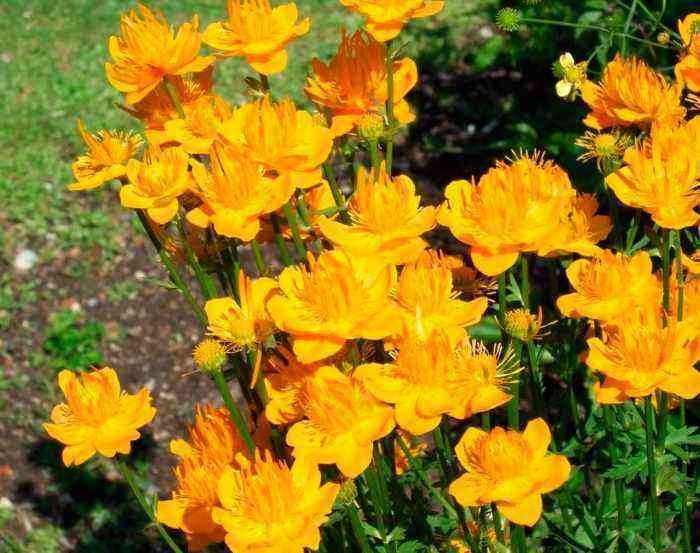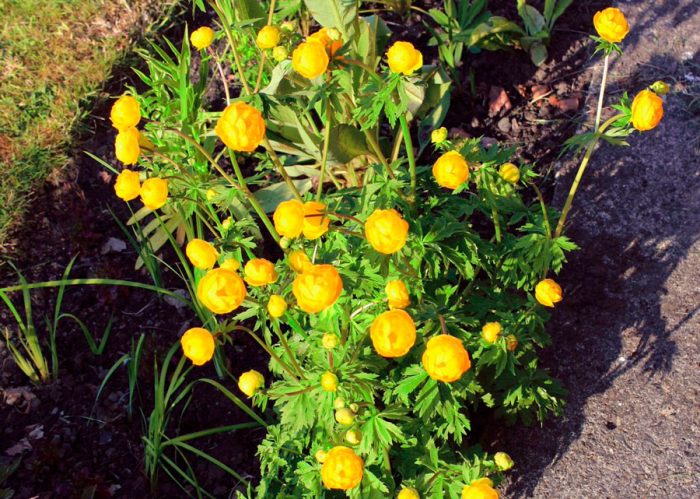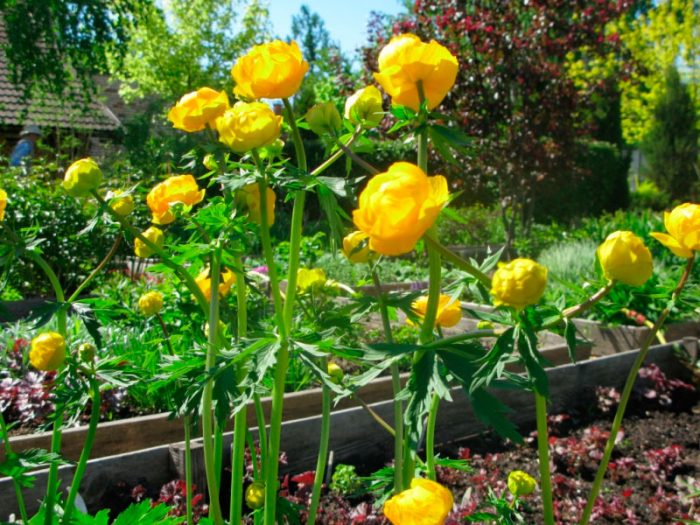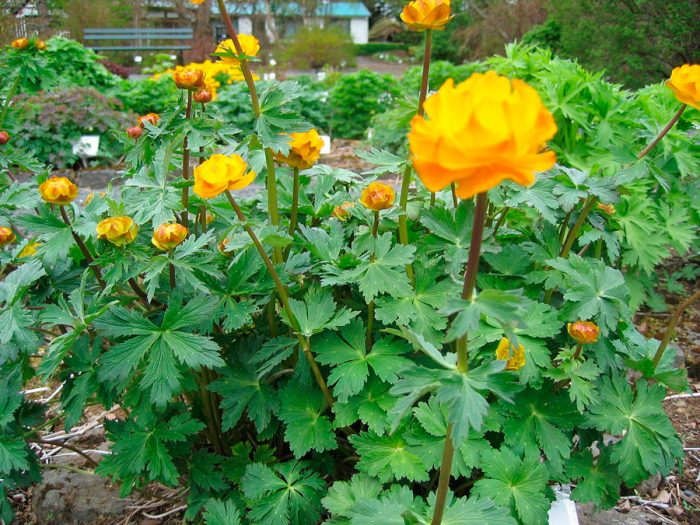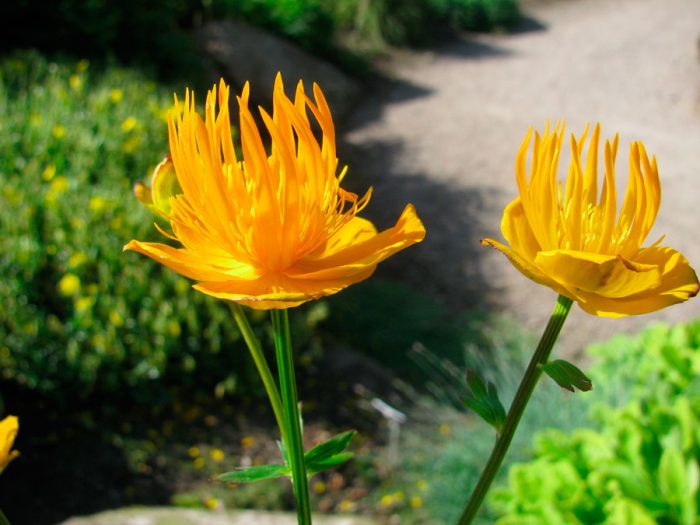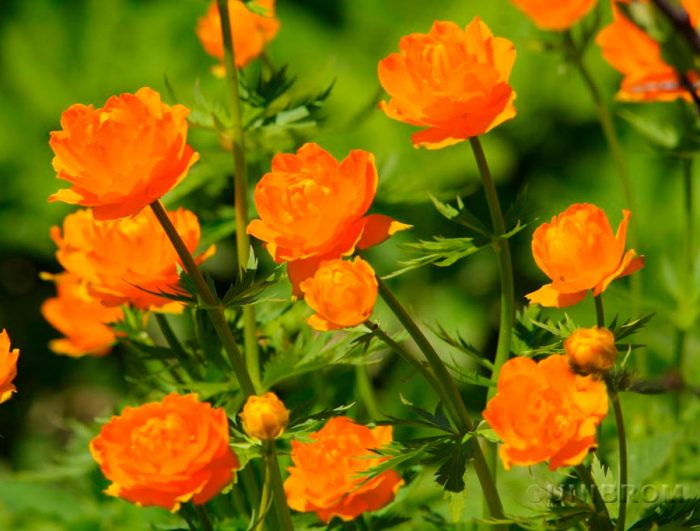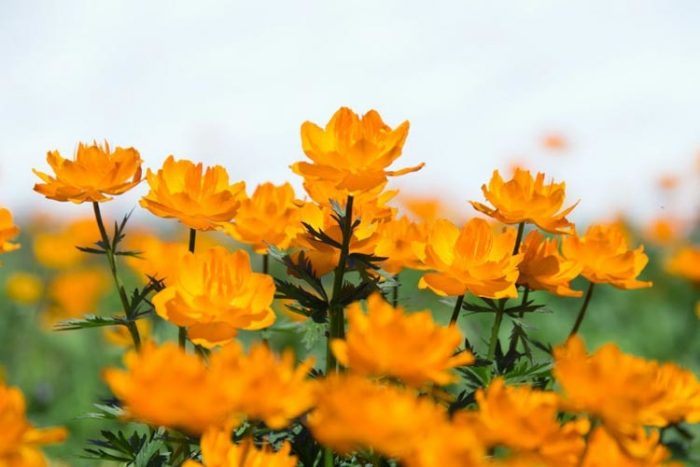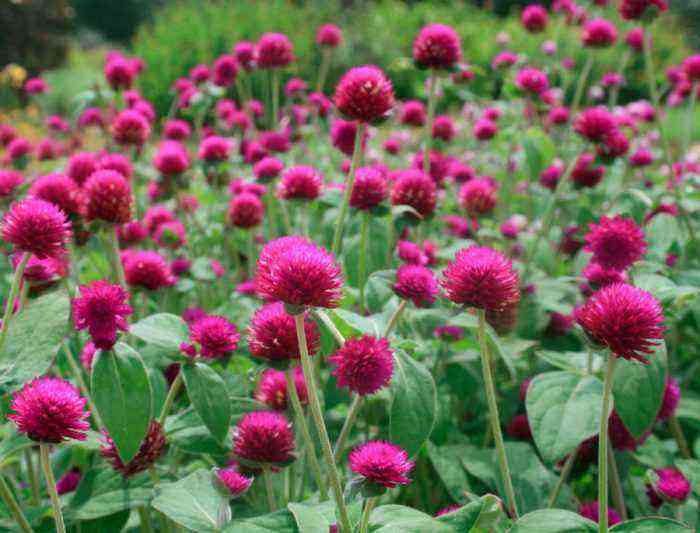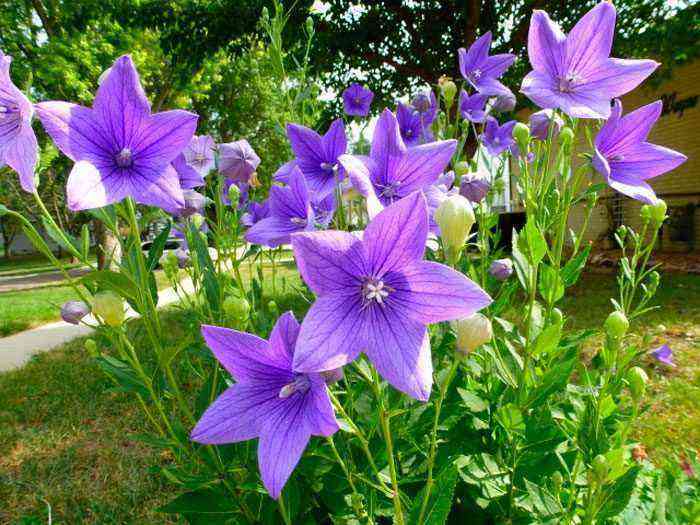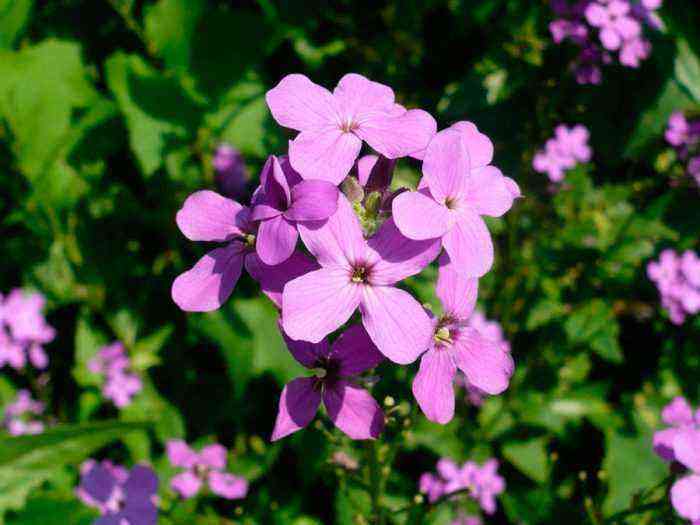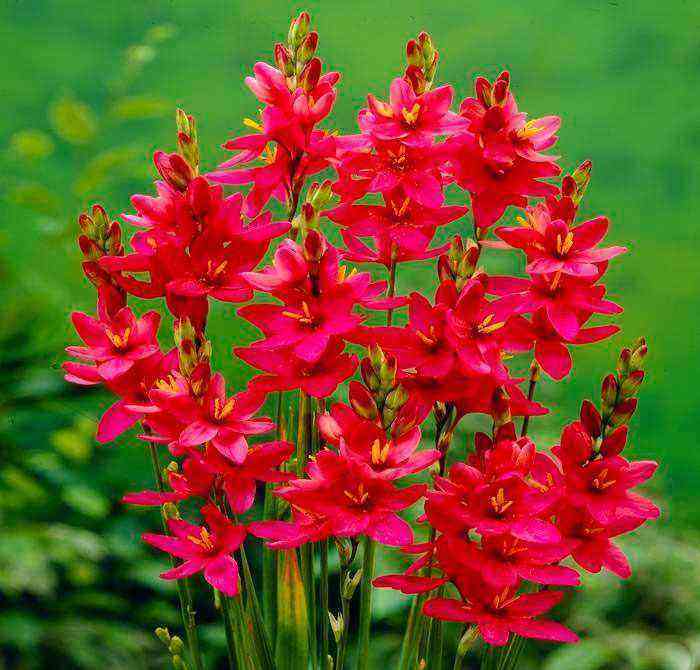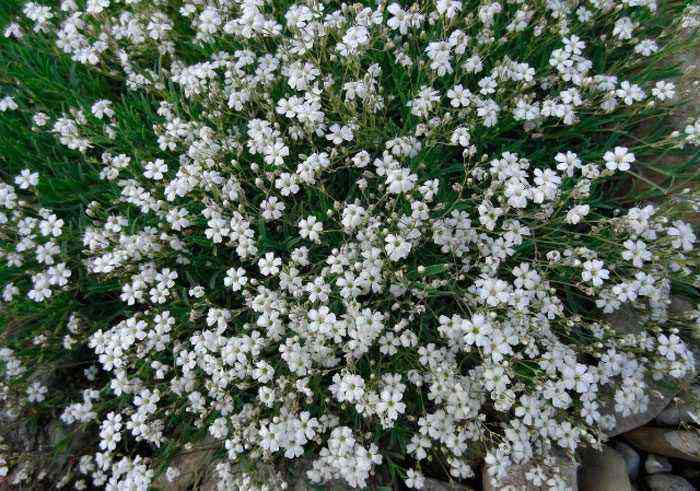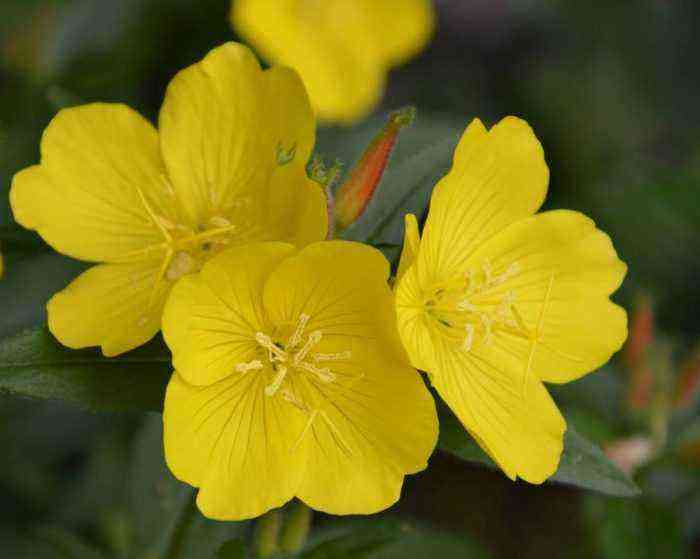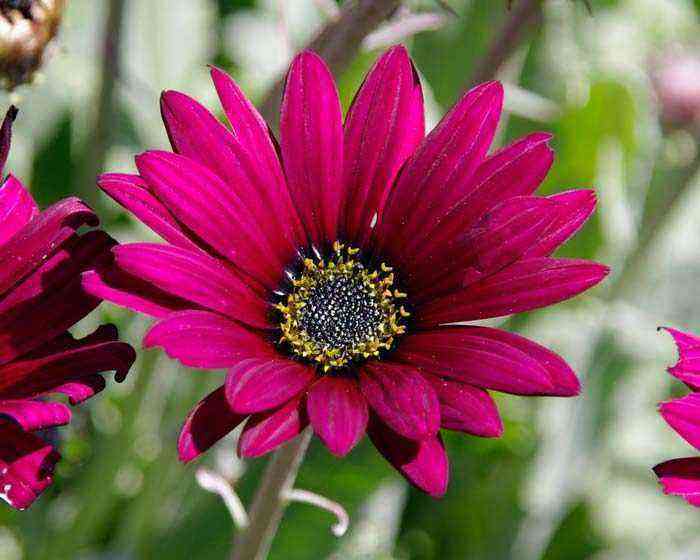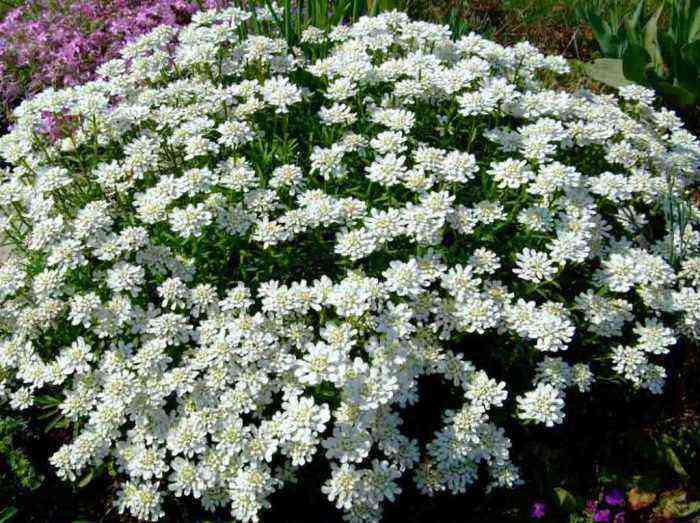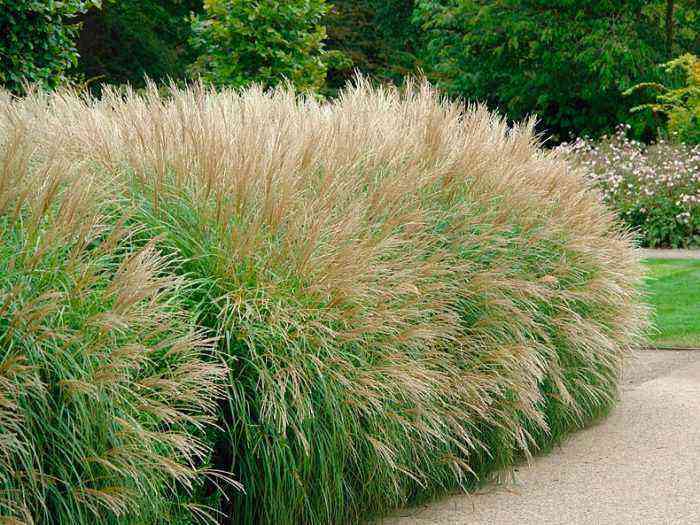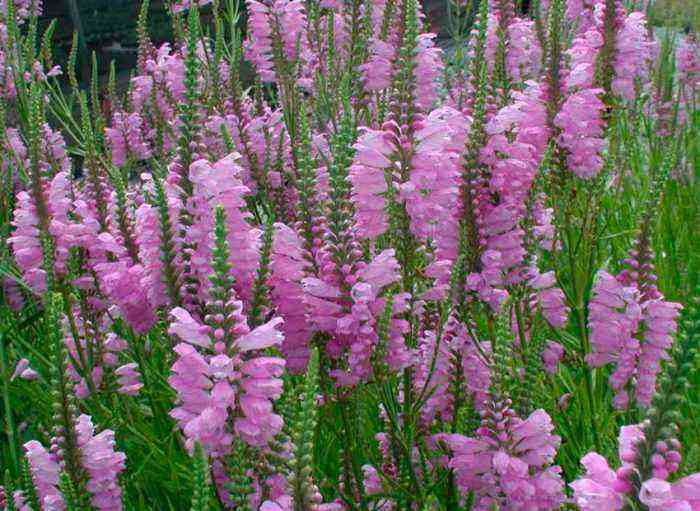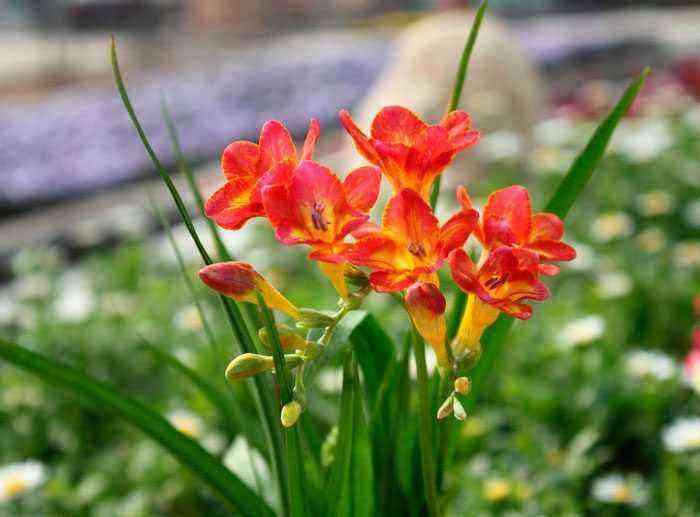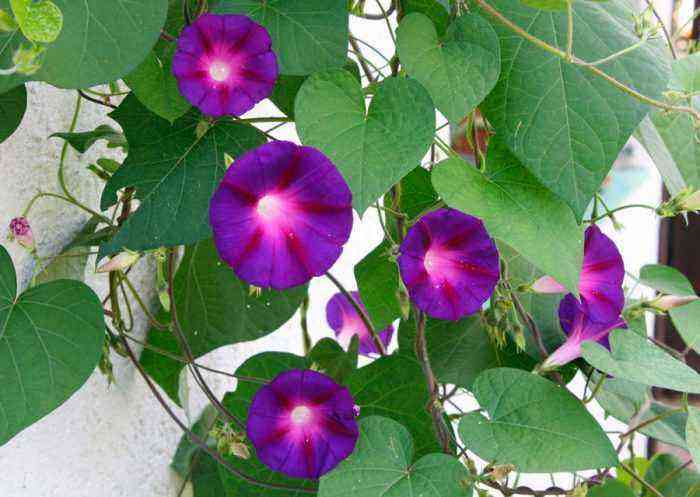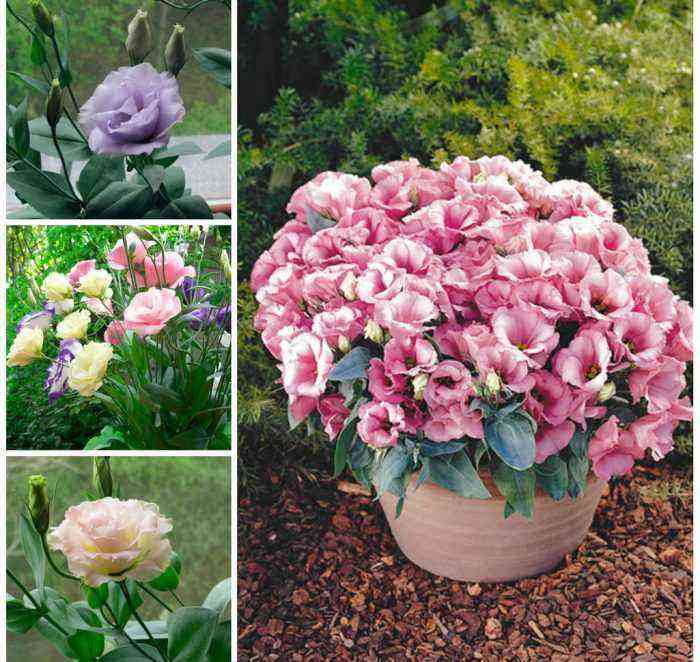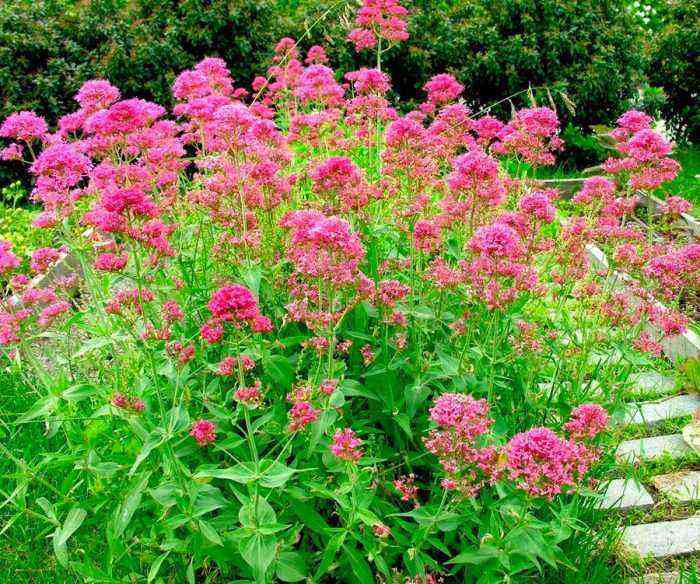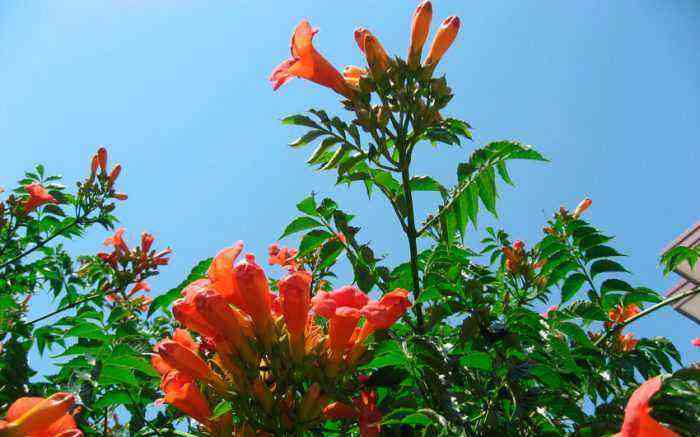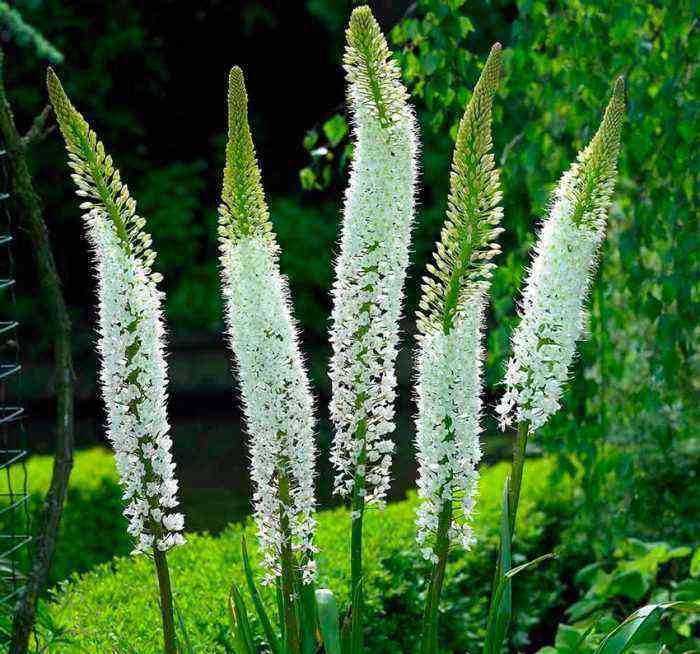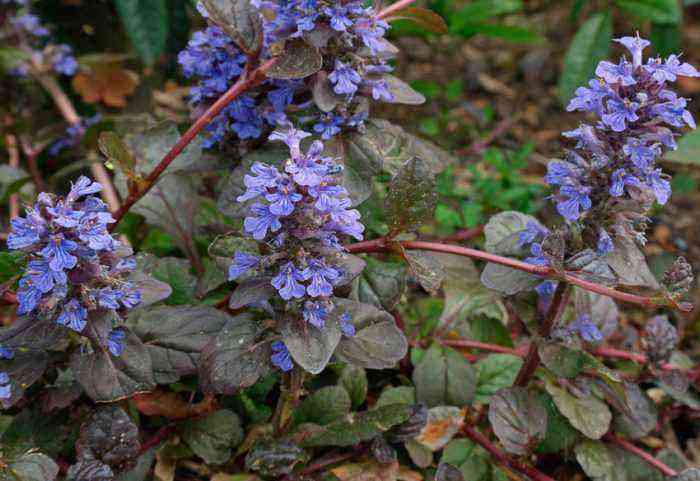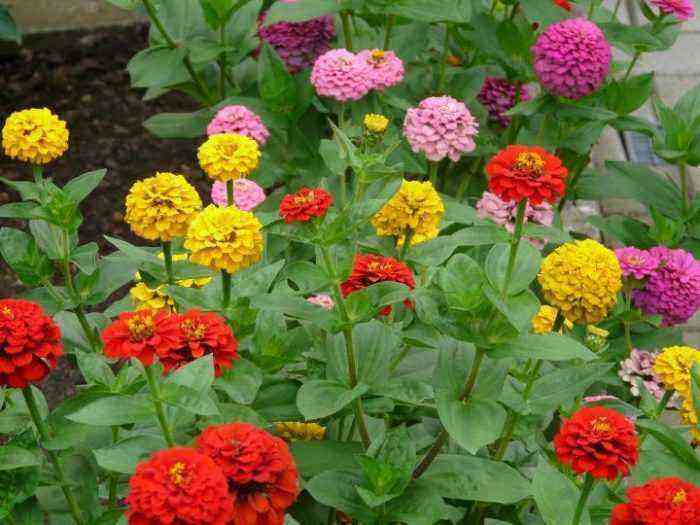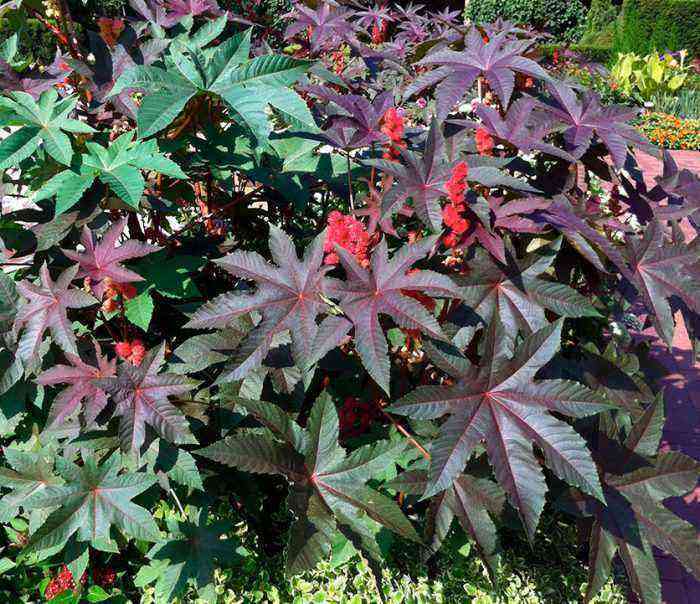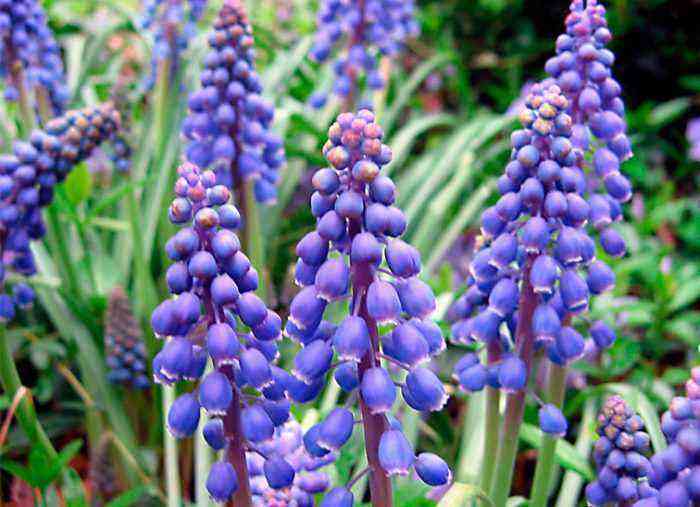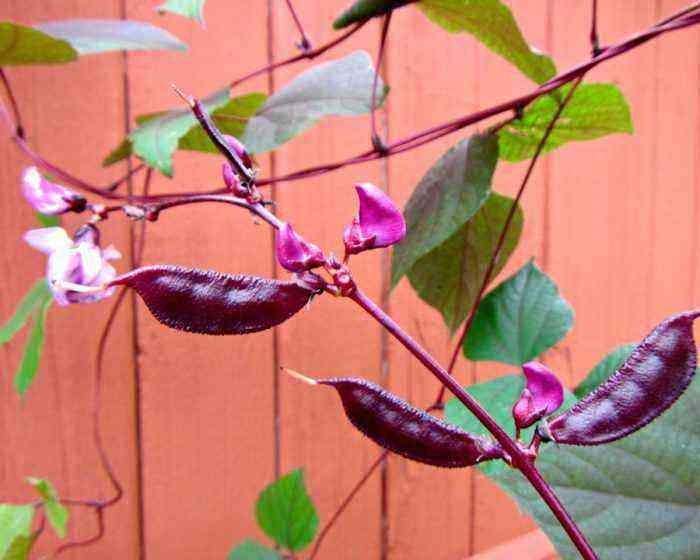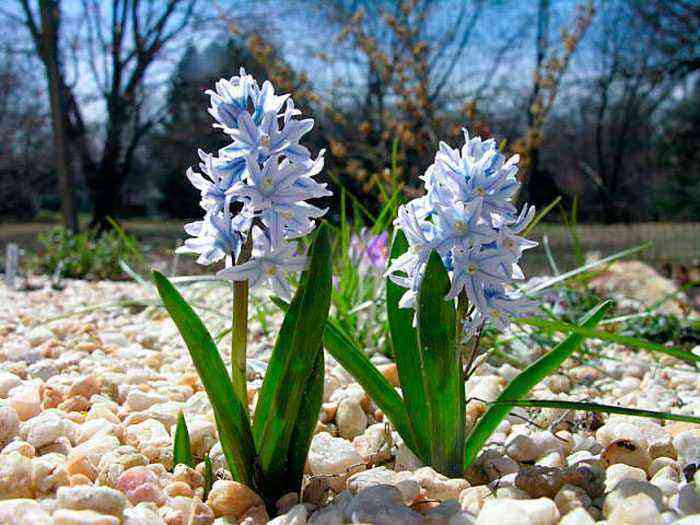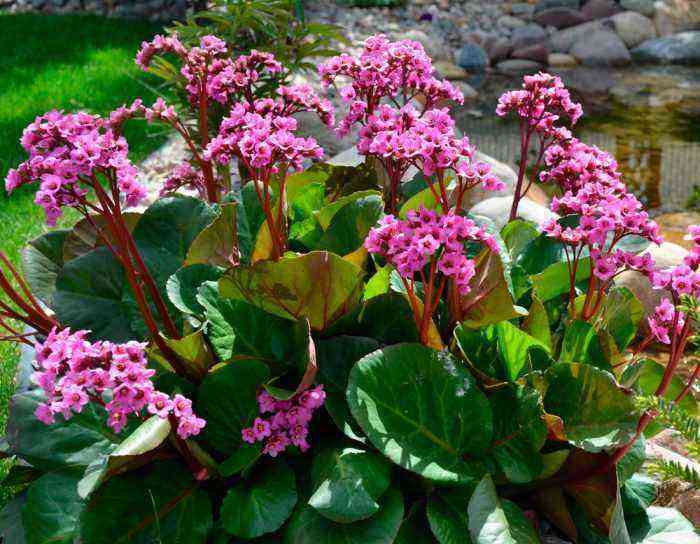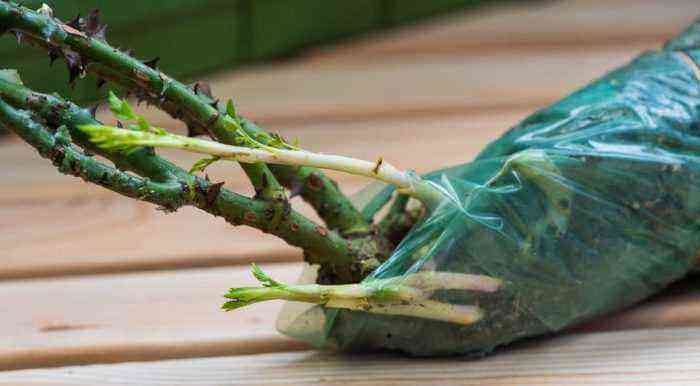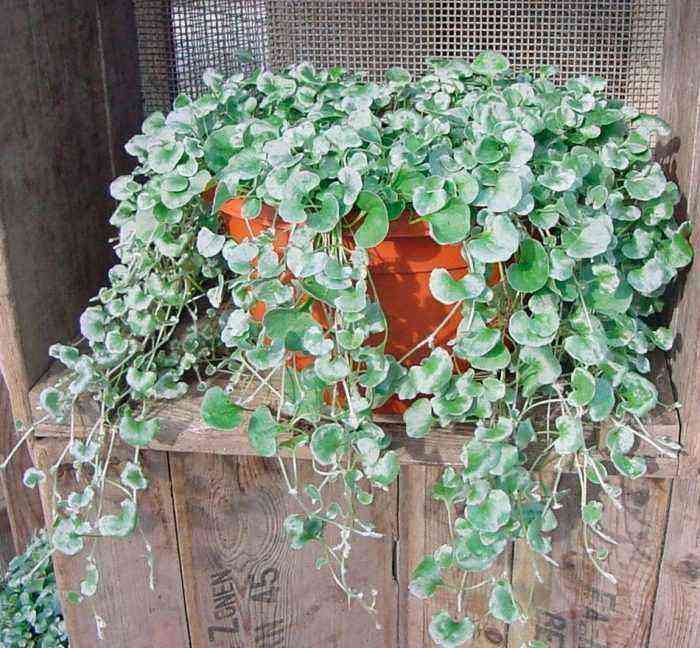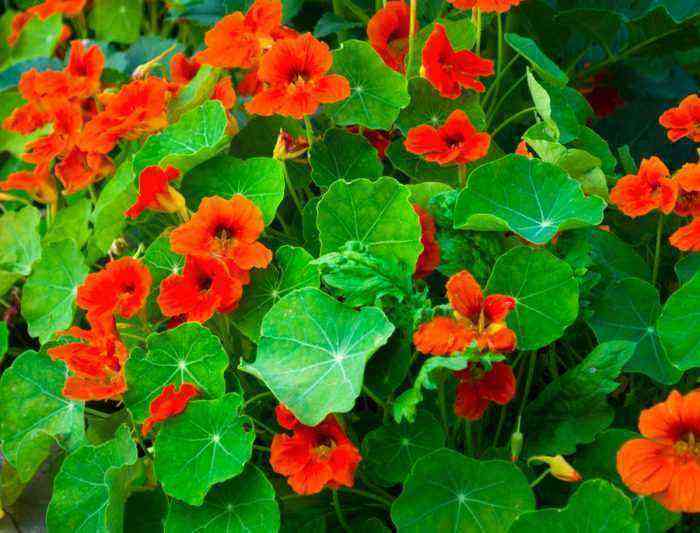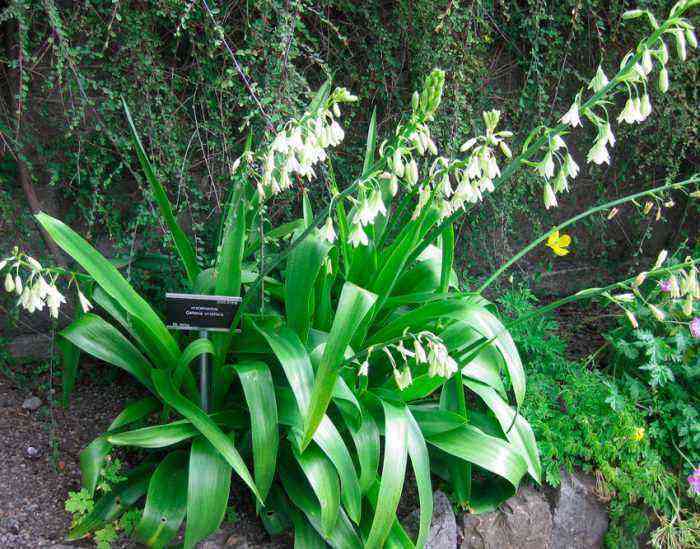The herbaceous perennial plant swimsuit (Trollius) is a member of the Buttercup family. In nature, it is found in Asia, North America and Europe, while in Western Europe it grows in the mountains, and in Eastern Europe in forest glades, meadows and river valleys. Such a plant is widespread in Asia; it can be found in the wild almost everywhere, except for the southern regions. And in North America, you can find only a couple of types of swimwear. It is believed that the Latin name of the plant is derived from the German word “Trollblume”, which means “troll flower”. According to another version, this name is considered to be derived from the ancient Germanic word “troll”, translated as “ball”, this is due to the appearance of the bush itself and its flowers. The emergence of the name “swimsuit” is due to the fact that such a culture prefers to grow in humid places. The Plant List contains a description of 29 types of swimwear.
Features of the swimsuit
The bather has palmate or lobed leaf plates. As a rule, the development of peduncles is observed for two years. In the first year, a basal leaf rosette is formed near the bush. And already in the second year, a shoot grows, leafy in the upper third, and a flower blooms at the very top. On the flower arrow are the lower petiolate large leaf plates, as well as the upper sessile leaves, which are smaller. Often, lateral shoots grow from the leaf sinuses, on the tops of which there are also flowers. The closer the lateral flowers are to the apex, the smaller their size. The shape of the flowers is spherical, they can be half-open or open. The flower includes a corolla-shaped perianth, as well as 5–20 sepals, painted in a rich orange or bright yellow color. Flowers can have a transitional color: from green to orange or yellow. Nectaries are modified corolla petals, near their base there is a honey pit. The smell of the flowers is mild and pleasant, it is attractive to both bees and other insects. The fruit consists of leaflets that open along the inner suture, they are collected in a spherical seed. Oval glossy seeds are colored black.
Outdoor swimsuit landing
Seed sowing
In the case when the swimsuit is grown from seeds, they need cold stratification before sowing. For example, seeds are sown in a container in autumn, after which they are transferred to an unheated room, where they are left until spring. During the winter, the seeds are naturally stratified, and seedlings appear in the spring. However, most often gardeners mix freshly harvested seeds with moistened sand, poured everything into a bag, which is removed on the refrigerator shelf intended for vegetables. They should stay there for three to four months, while the optimum air temperature is 2-4 degrees. Sowing the prepared seeds in the soil mixture is carried out in March, after which the crops are placed in a sufficiently warm place (about 20 degrees). Seed germination is extremely slow, the first seedlings should appear from mid-April to early May. Seedlings will need protection from the direct rays of the sun, it should also be taken into account that they react extremely negatively to overdrying the soil mixture. A pick is carried out when the second true leaf plate begins to form in the seedlings, while a distance of 80–100 mm is maintained between the plants. Planting seedlings in open soil is carried out in August.
How to fit a swimsuit
Under natural conditions, such a flower can grow in both shaded and sunny places. However, when planting in the garden, it is recommended for him to choose an open, sunny area, located away from bushes and trees. Structural soil is very good for growing a swimsuit, which should be light loamy or medium loamy, and it should also contain a large amount of humus. Also, light and nutritious soil must be neutral. To grow such a flower, you can also choose poor soil, but in this case it will be necessary to add humus combined with peat into it, such a mixture contributes to better absorption and retention of water in the ground. For 1 square meter of the site, 5 kilograms of a similar mixture are applied.
To begin with, you need to prepare the planting holes, the distance between which should be from 0,3 to 0,4 m. When planting, the seedlings are taken along with a lump of earth. Such a flower reacts negatively to transplants, so it can be grown in the same place for about 10 years. Bushes that have grown through seedlings will begin to bloom only in the third or fourth year of growth.
Caring for a swimsuit in the garden
Transplanted young bathers need to be regularly watered and protected from direct sunlight for the first four weeks. Bushes at the age of 2-3 years, growing in sunny areas, have a height of about 0,5-0,6 m. If the swimsuit is planted in a shaded place, then by this time its height may be 0,8-0,9 m, at the same time, both leaf petioles and shoots grow longer. But it should be borne in mind that a bush grown in a shaded place blooms less abundantly, and the color of its flowers is not so saturated. If, for a flower, an area located in the shade is selected, then its development and growth takes place more slowly, while in this case it reaches its maximum value only at 6 or 7 years. Lack of light has an extremely negative effect on the splendor of the flowering, as well as on the color of the flowers, which becomes very pale.
How to water and feed
Both young and adult bushes should be watered systematically and abundantly, especially in dry and hot periods. You need to water the swimsuit with settled warm water, which should be heated by the sun, and this is a prerequisite. Experienced gardeners recommend placing a large container on the garden plot in a well-lit place, in which water will collect during the rain. After the rain has passed or the plant is watered, it is imperative to loosen the surface of the soil, while pulling out all the weeds.
During watering, the plant can be fed with a urea solution (for 10 liters of water, 1 tsp. Substance). It also reacts well to feeding with Agricola or Nitrofoska, while the solution should be prepared in the same way as the urea solution. You need to feed the flowers during the opening of the buds, as well as before they bloom.
How to propagate and transplant
This crop can be grown from seeds, but this method of propagation is not very popular among gardeners. As a rule, such a plant is propagated by dividing the curtain, it is carried out 1 time in 5 years in the last days of August or in the first days of September. Healthy and well-developed bushes, which should be 5-6 years old, are suitable for dividing. Such bushes are distinguished by a large amount of vitality, which is very important for such a plant, since it does not tolerate transplantation well. These shrubs tend to withstand the stress of transplanting much easier.
The parent bush is removed from the soil, residues of soil must be removed from its root system, after which it is thoroughly washed. After that, with a very sharp disinfected knife, the bush is cut into several parts, it should be noted that each division must have several rosette stems with roots. Places of cuts are subjected to processing with wood ash or a solution of potassium permanganate. Then, parts of the bush must be immediately planted in the holes, which must be prepared in advance, a distance of 0,3 to 0,4 m should be kept between them. After planting, the root collar of the cut should be buried in the ground by 20-30 mm, while the foliage at they need to be removed. Young leaf plates will grow back after half a month.
Wintering
This culture is highly resistant to frost, therefore, it is not necessary to cover the bushes for the winter. In September or October, the leaf plates of the bush should die off, after which they are removed in such a way that only petioles, reaching 20-30 mm in length, rise above the surface of the site. These petioles will be able to provide protection to the bud located in the middle of the outlet. A peduncle will grow from this bud next year.
Diseases and pests
This plant has a very high resistance to diseases and pests. However, although it is rare, the plant still gets sick. Most often, it is improper care that causes fungal infections of the bushes, for example: smut or septoria. If the plants get sick, then as soon as this happens, it is necessary to cut off the affected parts of the bush or dig up the whole plants and destroy them, the surface of the soil and flowers must be sprayed with a fungicidal preparation. It is important to understand why the infection occurred and try to eliminate any deficiencies in care.
Types and varieties of swimwear with photos and names
A large number of different types of bathers are cultivated by gardeners. The most popular ones will be described below.
Ledebour’s Leotard (Trollius ledebourii)
This species is the most frost-resistant in comparison with the rest. The height of the bush is about 100 cm. Under natural conditions, this species can be found in the Far East, China, Eastern Siberia, Mongolia and Japan. Deeply dissected leaf plates have petioles. In an erect stem, only the upper third is leafy. The open flowers reach 50-60 mm in diameter, they are colored orange and have thinly pointed nectaries that rise slightly above the stamens. Popular varieties:
- Goliaf… The flowers reach about 70 mm in diameter, their nectaries are pale orange in color, and their anthers are dark orange.
- Lemon Queen… The height of the bush is about 0,7 m. It is decorated with lemon-yellow flowers with a diameter of about 40 mm.
- Lightball… The height of the bush can reach 0,6 m. The flowers are 50 mm in diameter, their nectaries are yellow, and the sepals are pale orange.
- Orange King… The height of the bush is about 0,5 m. The diameter of the flower is 50 mm, its nectaries are orange, and the sepals are dark orange.
Asian swimsuit (Trollius asiaticus)
Under natural conditions, this species can be found in Siberia, the Polar Urals, Central Asia and Mongolia. On the territory of Russia, this species is also called “lights” or “roasts”. This racemose herbaceous perennial plant has basal petiolate leaf plates of a palmate-five-part form, their length varies from 0,2 to 0,3 m. The height of the peduncle is about half a meter. The flowers are spherical in diameter up to about 50 mm, their nectary petals are orange, and the sepals are orange-red. This species is one of the most beautiful. There are terry forms of this type, which have many sepals. It began to be cultivated in 1759.
European swimsuit (Trollius europaeus)
In nature, this species is found from the tundra to the steppe zone of Europe, as well as in Western Siberia and Scandinavia. The size of the bush directly depends on the growing conditions, for example, in middle latitudes it can reach 0,8 m, and in the tundra only 0,2–0,3 m. The root rosette consists of palmate-five-part leaf plates with petioles. The foliage of this species is very beautiful, because its lobes have a patterned shape, the plates themselves are sharp-toothed and rhombic. The stem is branched or simple; only the upper third part of the peduncle is leafy. The shape of the flowers, reaching 50 mm in diameter, is spherical, they have a mild aroma, and they contain from 10 to 20 sepals, the color of which can vary from golden to yellowish. The sepals and nectary petals are the same length, while the latter have a rich orange color. The species has been cultivated since the 16th century. There are 2 types:
- garden form, the flowers of which are yellowish;
- variety with larger flowers, as well as with a richer color.
The highest bather (Trollius altissimus)
It occurs naturally in Western Europe and the Carpathians, while the species prefers to grow in tall grass and wet meadows. A large rosette consists of openwork dark green leaf plates with long petioles and reaching a height of about 0,6 m. Strongly dissected leaves have a serrated edge; convex venation is well distinguishable. One and a half meter straight stem, as a rule, branched. In the axils of large stem leaf plates, from 5 to 7 lateral shoots grow, which bear yellow-green flowers of a milky tint, they reach 60 mm in diameter.
Altai swimsuit (Trollius altaicus)
In nature, the species is found in Western Siberia, Mongolia, Central Asia, Northern China and Altai. Basal leaf plates have a finger-split shape and petioles, they are collected in a rosette, the height of which is about 0,3 m. The stem can be branched or simple, it reaches 0,8–0,9 m in height, and sessile leaf plates cover it … The flowers are spherical in diameter up to 50 mm, they consist of 10–20 sepals, yellow-golden or orange, pale red outside, as well as orange nectary petals. The color of the anthers is purple. The species has been cultivated since 1874.
Cultural swimsuit (Trollius x cultorum)
In this form, most varieties and garden forms of such a plant are combined, unlike natural species, their flowers are larger and more saturated in color. Popular varieties:
- Goldkwell… The diameter of the flowers is about 60 mm, and they are painted in a rich yellow color.
- Orange Princesses… The bush reaches a height of about 0,6 m. Flowers, reaching 50 mm in diameter, have a rich orange color.
- Fire Globe… The height of the bush and the diameter of the flowers are the same as those of the Orange Princesses. The flowers have orange nectaries, while their sepals are red-orange.
- Erlist of Oil… The flowers reach 40 mm in diameter, their sepals are dark yellow, and the nectaries are yellowish.
- Alabaster… The flowers are large, light cream color.
- Canary Bird… The color of the flowers is yellowish.
